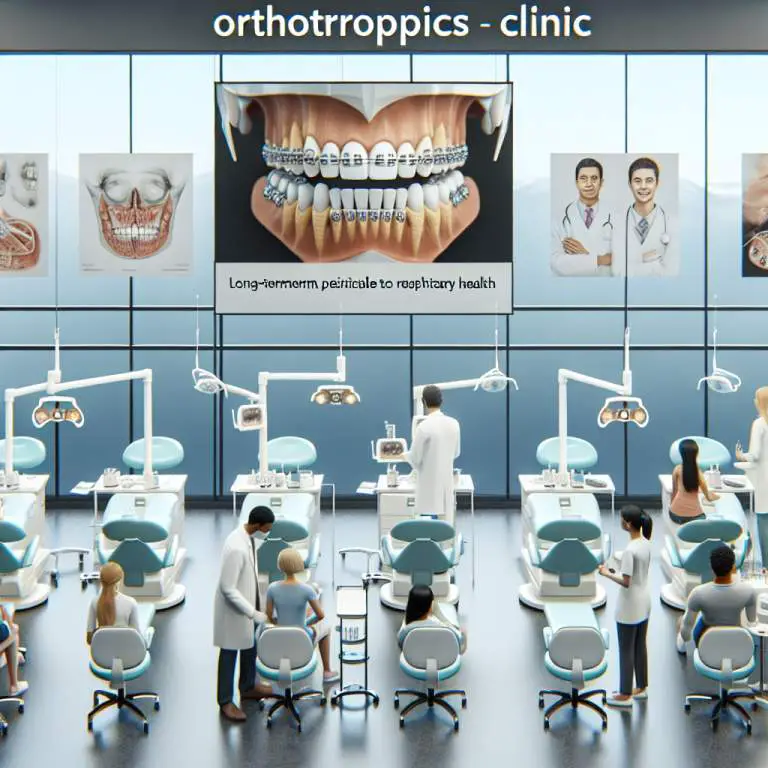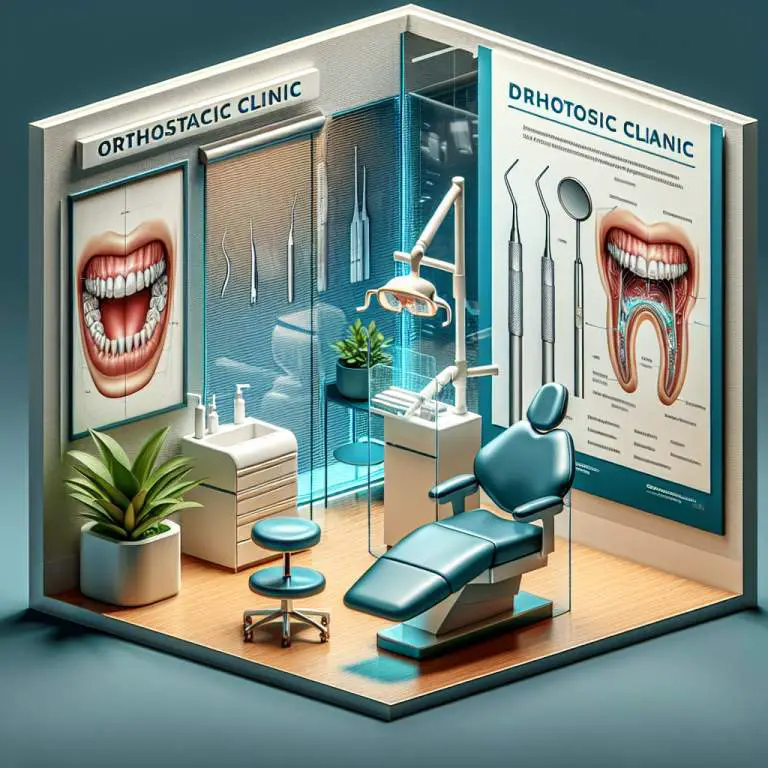What are the long-term benefits of consistent mewing practice?
Long-term benefits of consistent mewing practice include improved jawline definition, better breathing, and enhanced facial symmetry. By regularly positioning the tongue against the roof of the mouth, individuals can experience a more defined jawline over time. This practice also promotes nasal breathing, which can improve sleep quality and overall health. Additionally, mewing can lead to a more symmetrical face by aligning the jaws properly.

How does mewing affect facial structure over time?
Mewing is a technique that involves placing your tongue against the roof of your mouth. This position is supposed to help shape your face as you grow. But how does it actually change things over time? Well, when you keep your tongue in this special spot, it’s thought to help align your jaw and teeth better.
This doesn’t happen overnight, though. It takes a lot of patience and consistency. Some people believe that by doing this regularly, especially from a young age, it can lead to a more defined jawline and overall improved facial symmetry. Remember, everyone’s face is different, so the changes can vary from person to person.
What are the potential health benefits of mewing beyond aesthetics?
Beyond just making your face look a certain way, mewing might have some health perks too. For starters, having your tongue rest on the roof of your mouth is said to promote better posture. This isn’t just about standing tall; good posture can also support healthier breathing patterns.
Another possible benefit is improved nasal breathing. When you’re mewing correctly, it encourages you to breathe through your nose rather than your mouth. This can be really good for you because nasal breathing filters and warms up the air before it hits your lungs, which isn’t something mouth breathing does as effectively.
Can mewing improve jawline definition in adults?
A lot of adults wonder if they’ve missed the boat when it comes to reshaping their face with mewing. The truth is, while younger people might see more dramatic results because their bones are still growing, adults aren’t completely out of luck. Mewing could potentially help in defining an adult’s jawline over time by encouraging proper tongue posture and alignment.
However, it’s important to manage expectations since changes in adults may be subtler and take longer to appear. Consistency in practicing proper tongue posture is key for anyone trying to see improvements in their facial structure.
Does mewing have any impact on breathing or sleep quality?
Yes, there’s quite a bit of chatter about how mewing might influence breathing and even improve sleep quality. By promoting nasal breathing over mouth breathing, mewing could help ensure that air travels through all the right filters before getting into your lungs. This can make breathing easier and more efficient during both day and night.
In terms of sleep quality, better breathing patterns could potentially reduce snoring and even lessen the chances of sleep apnea—a condition where breathing stops and starts throughout the night. So not only could mewing play a role in how you look but also in how well you breathe and sleep.
| Advantage | Description |
|---|---|
| Improved Jawline Definition | Regular mewing can lead to a more defined and sharper jawline over time. |
| Better Breathing | Proper tongue posture may open up the airway, improving nasal breathing and reducing snoring. |
| Enhanced Facial Symmetry | Mewing can promote symmetrical facial development, leading to a more balanced appearance. |
| Reduced Neck and Shoulder Tension | Correct tongue posture can alleviate tension in the neck and shoulders by aligning the head properly over the spine. |
| Improved Dental Health | Maintaining proper tongue posture can help in aligning teeth naturally, potentially reducing the need for braces or other dental interventions. |
| Better Posture | Mewing encourages overall postural improvement by promoting alignment of the head, neck, and spine. |
| Potential Reduction in Sleep Apnea Symptoms | By improving airway patency, mewing might reduce symptoms of sleep apnea for some individuals. |
Is there scientific evidence supporting the long-term effects of mewing?
When it comes to mewing, a lot of people wonder if science backs up the claims. The truth is, research on mewing and its long-term effects on facial structure is limited. Most of the information available comes from personal testimonials and observations by Dr. John Mew, who developed the concept.
However, some studies related to orthotropics, which is a broader field that includes mewing, suggest potential benefits in facial development and alignment. These studies focus on how proper tongue posture can influence jaw growth and airway health. But it’s important to note that these studies don’t provide conclusive evidence specifically for mewing.
How long does it typically take to see results from mewing?
The time it takes to see results from mewing varies widely among individuals. Some people report noticing changes in a few months, while others may not see significant improvements for a year or more. It largely depends on factors like age, consistency in practice, and individual anatomy.
Experts suggest that younger individuals might see results faster due to their still-developing facial structures. For adults, achieving noticeable changes can take longer and requires consistent effort in maintaining correct tongue posture throughout the day.
What are common challenges or mistakes people face while practicing mewing?
One common challenge with mewing is maintaining the correct tongue posture consistently. Many people find it difficult to keep their entire tongue pressed against the roof of their mouth throughout the day. This inconsistency can slow down or diminish the potential benefits of mewing.
Another mistake is applying too much pressure with the tongue or using incorrect posture that could lead to discomfort or even dental issues over time. It’s crucial to understand and apply the technique correctly—ideally under guidance from a professional—to avoid these pitfalls.
Final Thoughts
Mewing has gained popularity as a method for improving facial aesthetics and structure, but scientific evidence supporting its long-term effects remains sparse. While some individuals report positive changes, these outcomes vary greatly and depend on several factors including age and dedication to proper technique.
If you’re considering starting mewing, it’s important to approach it with realistic expectations and patience. Remembering that significant changes might take time and ensuring you’re practicing correctly can help mitigate common challenges faced during this journey.







